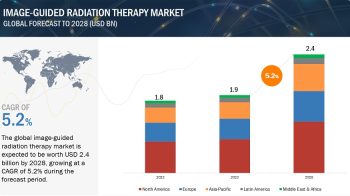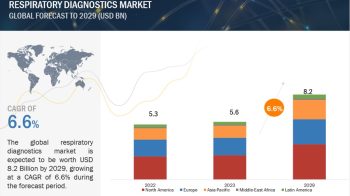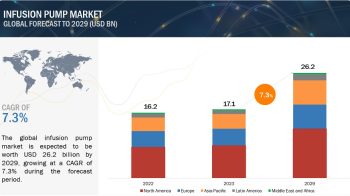Factors driving the global market include introduction of new and advanced products, investment for the modernization of diagnostic imaging centers, development of new radiotracers, and increasing incidence and prevalence of cancer & cardiovascular diseases. However, factors such as shutdown of National Research Universal (NRU) reactor, high cost of nuclear imaging equipment, and shorter half-life of radiopharmaceuticals are hindering the growth of the market.
This report studies the global Nuclear Imaging Equipment Market for the forecast period of 2016 to 2021. This market is expected to reach USD 2.85 Billion by 2021 from USD 2.25 Billion in 2016, growing at a CAGR of 4.8%.
The global nuclear imaging equipment market is segmented on the basis of product, application, end user, and region.
Download PDF Brochure: – https://www.marketsandmarkets.com/pdfdownloadNew.asp?id=98
Based on product, the nuclear imaging equipment market is categorized into SPECT systems, hybrid PET systems, and planar scintigraphy. In 2016, the SPECT systems segment is expected to account for the largest share of the nuclear imaging equipment market. The SPECT systems are further segmented into hybrid SPECT and standalone SPECT systems. In 2016, the hybrid SPECT segment is expected to account for the largest share of the SPECT nuclear imaging equipment market. Advantages such as better imaging ability, high resolution, and the ability to show molecular processes in vivo render hybrid SPECT systems superior than standalone systems.
Based on application, the nuclear imaging equipment market is segmented into oncology, cardiology, neurology, and other applications (orthopedics, urology, thyroid-related disorders, and gastroenterology). In 2016, the oncology application segment is expected to account for the largest share of the nuclear imaging equipment applications market.
Based on end user, the nuclear imaging market is segmented into hospitals, imaging centers, academic & research centers, and other end users (pharmaceutical & biotechnology companies and CROs). In 2016, the hospitals segment is expected to account for the largest share of the market. The rise in the use of advanced imaging solutions and hybrid imaging systems in hospitals and enhanced care quality is driving the growth of this segment.
Based on region, the nuclear imaging equipment market is divided into North America, Europe, Asia-Pacific, and Rest of the World (RoW). The RoW region comprises Latin America, the Middle East and Africa.
Speak To Analyst: – https://www.marketsandmarkets.com/speaktoanalystNew.asp?id=98
The major players in the global nuclear imaging equipment market are Siemens Healthineers (Germany), Philips Healthcare (Netherlands), and GE Healthcare (U.S.).These companies are dominant in the nuclear imaging market mainly due to their well-established presence in the field of medical imaging, presence in over 50 countries, high R&D investments, and strong sales and distribution force.


